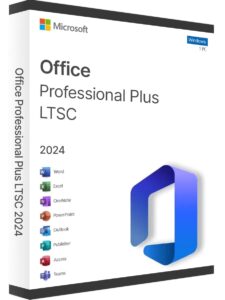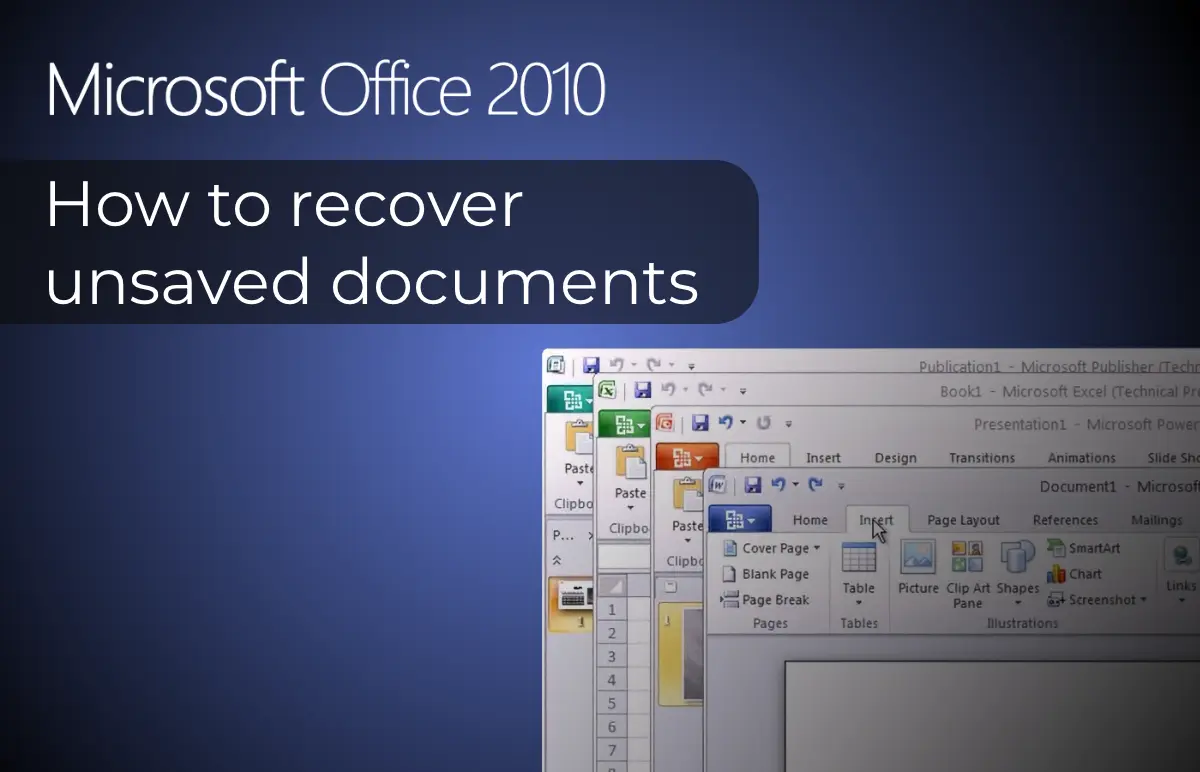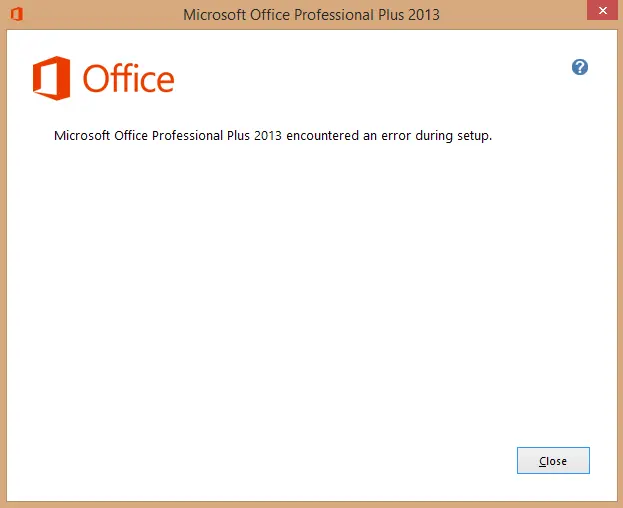This article explains how to recover unsaved documents in Microsoft Office 2010. Although such situations may seem trivial, the winword.exe process can unexpectedly hang or crash, failing to save changes to an edited document. Knowing how to use the autosave feature in Microsoft Word 2010 to recover documents is crucial. The methods described are also applicable to other Microsoft Office applications, as the autosave functionality works similarly.
Autosave Feature in Microsoft Office 2010
Microsoft Office 2010 includes an autosave feature that automatically saves copies of documents during editing. If you restart Word after a crash, the Document Recovery pane should display a list of unsaved documents. Click the document name (marked with [Autosaved]) to open the latest automatically saved copy.
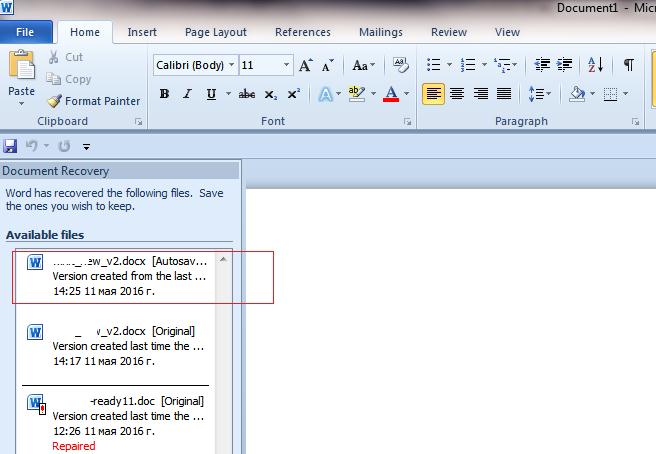
Automatic Document Recovery
If the Document Recovery pane does not appear upon launching Word, you can manually attempt to recover an unsaved document by following these steps:
1. Open Microsoft Word.
2. Go to File > Info > Manage Versions and click Recover Unsaved Documents.
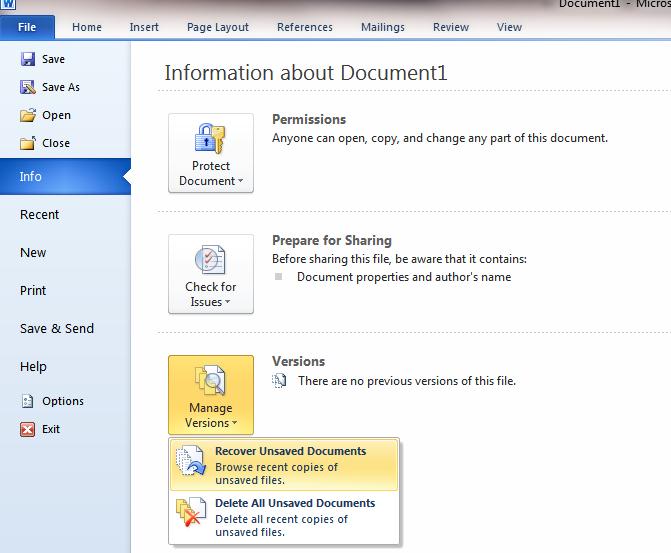
This opens a dialog window showing the directory where unsaved document copies for all Microsoft Office applications are stored.
Autosave File Directories
– In Windows XP:
C:\Documents and Settings\%username%\Local Settings\Application Data\Microsoft\Office\UnsavedFiles
– In Windows Vista / 7 / 8 / 10:
C:\Users\%username%\AppData\Local\Microsoft\Office\UnsavedFiles
Where %username% is your account name. Autosaved files have the .asd extension. For new, unsaved documents, the file name might look like “Autorecover save of Document1.asd”.
Opening an .asd File
Attempt to open the found .asd file. If it fails to open due to corruption, use the Open and Repair feature. Note that unsaved document copies are stored for 4 days before being automatically deleted. Be sure to save the recovered document via File > Save As.
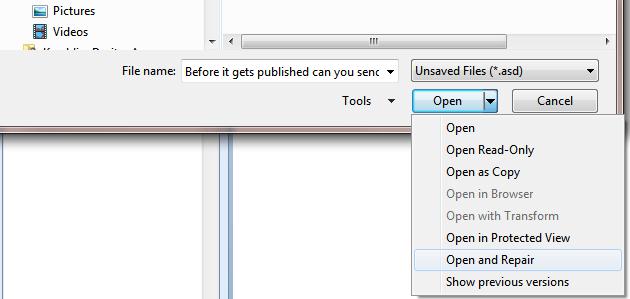
Autosave Settings in Microsoft Word 2010
During document editing, Word automatically saves the current version to a temporary directory at regular intervals (default is every 10 minutes). You can modify autosave settings in File > Options > Save.
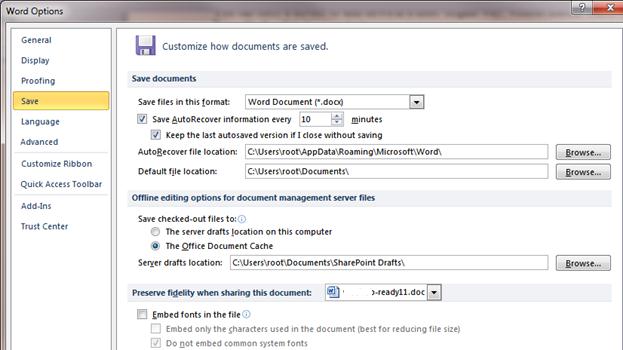
Autosave Directories
– In Windows XP:
C:\Documents and Settings\%username%\Application Data\Microsoft\Word
– In Windows 7 and later:
C:\Users\%username%\AppData\Roaming\Microsoft\Word
These directories are hidden by default.
Centralized Management of Autosave Settings
To centrally manage autosave settings for Word 2010 across user computers, use Group Policy or registry settings.
The autosave directory is set in the AUTOSAVE-PATH (REG_EXPAND_SZ) parameter in the registry key:
HKEY_CURRENT_USER\Software\Microsoft\Office\14.0\(Product)\Options\AutoRecoverPath
Replace (Product) with Word, Excel, PowerPoint, etc.
The autosave frequency is set in the wautosaveinterval_112_16 (REG_DWORD) parameter in the registry key:
HKEY_CURRENT_USER\Software\Policies\Microsoft\Office\14.0\Word\Options\vpref
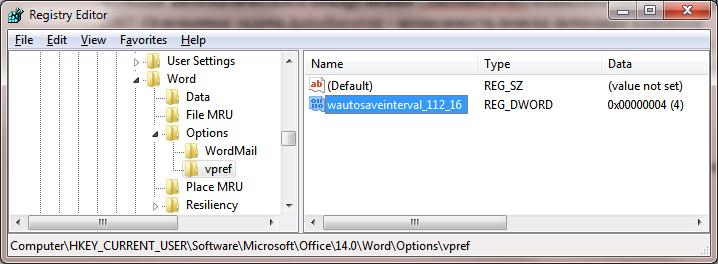
Possible values: From 0 to 120 minutes.
This directory contains autosave files (*.asd), temporary files (*.tmp), and backup files (*.wbk). File names are system-generated and not ideal for version navigation, so look for files with timestamps matching the last document edit.
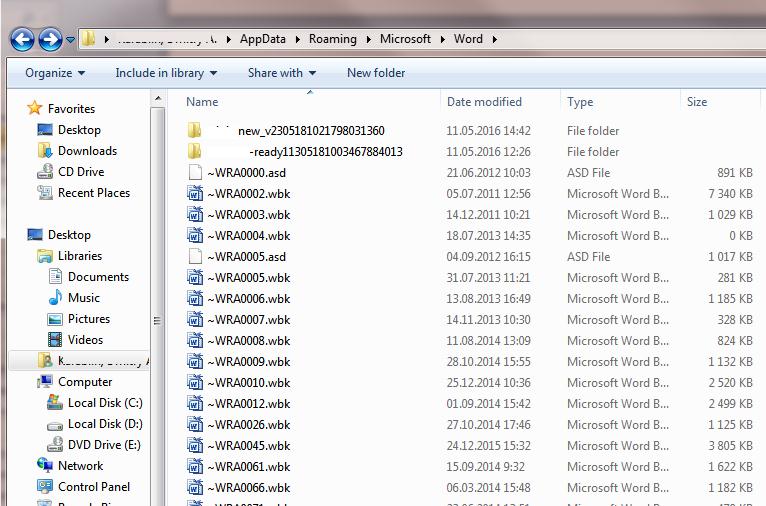
The autosave feature in Microsoft Office 2010 is a valuable tool for preventing data loss. By following the methods in this article, you can recover unsaved documents, manage autosave settings, and avoid data loss in the future. Always remember to save important documents and ensure the autosave feature is enabled.

